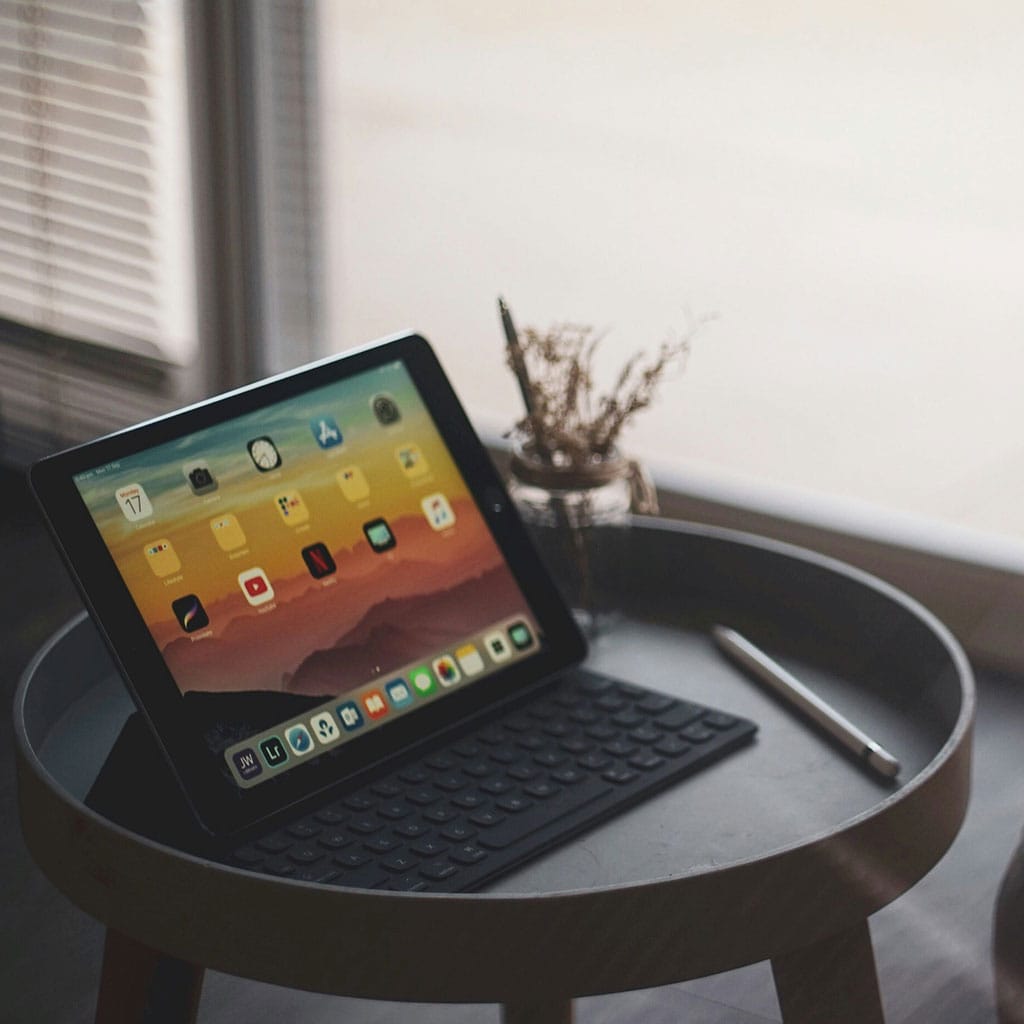How to find an IP address on an iPad?
How to find an IP address on an iPad?
Locating the IP address on your iPad is essential for network troubleshooting or configuring certain settings. Learn simple methods to find your device’s IP address, whether through the Settings app or using online tools, to effectively manage your network connections and device access.
Discover the secrets of unveiling an IP address on your iPad!
Certainly! Finding the IP address on an iPad can be done in a few different ways, here are the steps:
- Through Settings:
a. Open Settings: Launch the “Settings” app on your iPad, which is usually found on the home screen and looks like a gear icon.
b. Select Wi-Fi: Tap on “Wi-Fi” in the left-hand menu. If you’re connected to a Wi-Fi network, you’ll see the name of the network you’re connected to; tap the (i) icon next to the network name.
c. View IP Address: On the network details screen, the IP address assigned to your iPad will be listed under the “IP Address” section. It will be displayed in the format of four sets of numbers separated by periods (e.g., 192.168.1.10).
- Through Online Services:
a. Using a Web Browser: Open a web browser on your iPad and search for “What’s my IP” or “IP address.” Several websites, like WhatIsMyIP.com or IP Chicken, can show your public IP address, which is the IP address assigned to your network by your Internet Service Provider (ISP).
b. Check Network Settings: You can also find the IP address by checking the network settings of any active network connection, including cellular data. However, accessing the specific IP address assigned by the carrier might require contacting the cellular service provider.
- Through Additional Apps:
a. Network Utility Apps: Some third-party apps available on the App Store, like Fing or IP Scanner, offer network diagnostic tools and display device IP addresses when connected to a network. These apps might provide more detailed information about the network and connected devices.
Remember, the IP address displayed on your iPad will vary depending on whether you’re connected to a Wi-Fi network or using cellular data. The IP address provided through Settings is the local IP address assigned by the router or Wi-Fi network, while the public IP address obtained from online services reflects the network’s external-facing address. Both can be useful for troubleshooting network issues or configuring certain settings on your iPad.
Can users find the IP address when using cellular data on their iPad?
When an iPad is using cellular data, users can access certain network information, but the ability to directly view the specific IP address assigned by their cellular provider might be limited. Unlike Wi-Fi connections, which often display a device’s private IP address in the device settings, cellular networks typically allocate a private IP address to devices connected to their network. In the iPad’s settings, under the “Cellular” section, users can view general information regarding their cellular data usage, carrier details, and toggles for data roaming. However, the iPad’s settings may not directly reveal the specific private IP address assigned by the cellular provider, as these private addresses are often managed dynamically and are not typically exposed within the device settings.
The IP address that the iPad shows while connected via cellular data might actually represent the external IP address of the cellular provider’s network, rather than the device’s individual IP address. This external IP address is the public-facing IP address allocated by the internet provider to the cellular network, allowing devices connected through cellular data to access the internet. As cellular networks are considered private networks, the specific private IP address assigned to an individual device within the network might be hidden or only accessible to the cellular provider for internal network management. Therefore, users might not be able to directly view their device’s private IP address while using cellular data, unlike when connected to a Wi-Fi network where the private IP address is often displayed in the device settings.
Can users distinguish between public and private IP addresses on their iPad?
Certainly! On an iPad, distinguishing between public and private IP addresses might not be explicitly shown in the device settings, especially concerning the specific private IP address assigned by a cellular network. Private IP addresses, commonly used within private networks like those at homes or businesses, are typically assigned to devices connected to a wireless network. In the iPad’s settings, under Wi-Fi, users can view the private IP address assigned to the device by the wireless router, which falls within the ranges defined by Internet Protocol (IP) standards for private networks (such as 192.168.x.x or 10.x.x.x).
However, when it comes to cellular data connections, the iPad settings might not reveal the specific private IP address allocated by the cellular provider. While users can view certain network information related to their cellular connection in the settings (such as data usage, carrier details, and potentially the external IP address of the cellular network), the specific private IP address assigned to the device within the cellular network might not be readily visible. This private IP address within the cellular network is usually dynamic and managed by the provider, often not disclosed within the device settings. The external IP address visible in the settings for a cellular network represents the public-facing IP address assigned by the internet provider to the entire cellular network, enabling the network’s devices to access the internet. This distinction between public and private IP addresses might be clearer within Wi-Fi settings on the iPad compared to cellular network settings due to the nature of how these networks handle IP address assignments and visibility within device settings.





You must be logged in to post a comment.